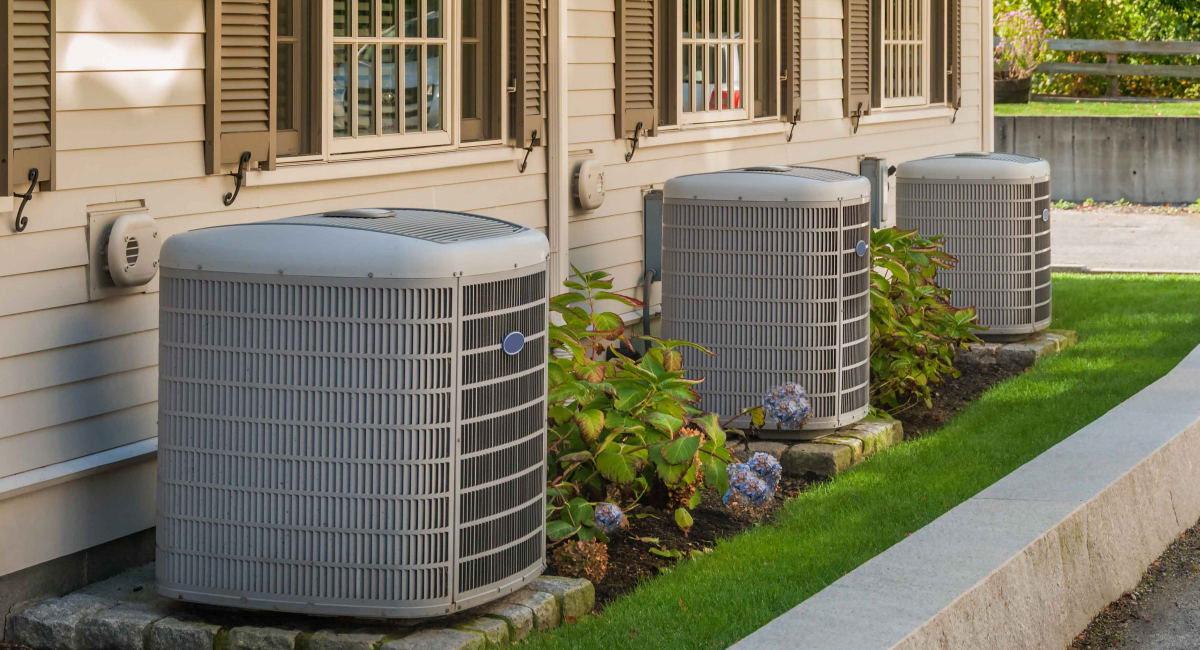
The State of HVAC Industry Today
The heating, ventilation and air conditioning (HVAC) industry is currently in a state of flux, with technology rendering heating and cooling units smaller, more efficient and smarter than before. However, a cutting-edge product is just a starting point for success. Here is a run-down of the key trends in the industry, and also the challenges that the industry has to overcome in 2019, to gain excellence and by extension revenues.
Key Trends in HVAC
The HVAC industry is amid a churn, with newer technology rendering existing technologies obsolete. New, IoT powered smart devices offer big efficiency improvements and cost-savings. For instance, it senses body heat to switch off or switch on the units automatically, remains connected online to be operated remotely even while away from the premises, and triggers alerts for pre-emptive services and repairs.
The investment in cutting-edge technologies, however, comes at a cost. HVAC companies are struggling to set competitive prices, to prevent customers from turning to competitors. Companies try to get out of such a vicious cycle by reducing costs at other opportunities and improving efficiency. Efficient management results in fewer mistakes, less wastage, and optimization of resources.
These trends, however, pose several challenges for companies.
The Challenges Facing the HVAC Industry Today
-
The Challenge of Tailoring to Specific Growth Segments
The HVAC industry has grown ever since 2011. The growth rate will sustain, and may even exceed previous levels, in 2019. Apart from the new buildings sprouting up every year, several legacy systems installed in the 1990s are now at the end of its tether. Replacement of aging systems represents a huge market opportunity for HVAC firms.
However, the growth is not uniform or across-the-board. HVAC firms face the challenge of identifying growth sectors in their domain and focusing the attention of such domains. The 2019 Economic Outlook Survey indicates continued growth in the residential HVAC segment. At the same time, the portents of global recession place uncertainty over the commercial spaces.
Moreover, the existing tax standard in the US gives depreciation for HVAC equipment only once in 39 years, meaning commercial customers do not get tax advantage by replacing old systems. Most commercial customers tend to wait it out, especially in today’s challenging business environment.
Small HVAC businesses would do well to seek niches and new technologies that fit their consumer base.
-
The Challenge of Talent Crunch
Growth brings with it the challenge of skill shortage. As baby boomers start to retire, and the millennials reluctant to get into skilled trades, HVAC enterprises stare at a severe skill shortage soon.
It is no longer enough to post a help wanted ad and hope for the best. The industry now explores innovative options such as hiring apprentices, hiring novices and training them in-house, or even taking the help of independent contractors to meet their service obligations.
Smart HVAC companies focus their attention on building sustainable recruiting systems to secure a stream of talented and trustworthy employees. They also invest more in employee training, re-training and skill enhancement programs.
-
Challenges Posed by the Smart Home
Nest Thermostats and Amazon’s Alexa have permeated many homes, and will soon become as ubiquitous as a wall clock. Such new gadgets also bring about a shift in mindset. People now consider their homes as an integrated system, rather than as a unit with isolated gadgets.
People who track pizza delivery through an app invariably prefer lodging an air conditioning service request online, chatting live with the technician through the app, and track his arrival through a tracking app. The days of IoT-powered connected homes making request itself is not too far away.
The HVAC industry remains hard-pressed to offer connected service. For that, it needs to invest in state-of-the-art software ecosystems to enter and function seamlessly in the IoT age. The challenge extends even to redrafting their standard contracts and forms to sync with the new digital realities.
-
Challenges of Changing Customer Behavior
Customers invariably become impatient and dissatisfied when their air conditioning or heating system fails. Today’s extremely pampered and fickle customers demand immediacy in their dealings and would be greatly displeased with any delays.
HVAC companies have no option but to go all out in improving the speed and efficiency of their operations. They have to embrace the latest that technology has to offer. More importantly, they need to change their systems and processes to place the customer at the center of things.
Just as technology has brought about a sea of change in HVAC products, business processes such as product invoicing, dispatching, and technical support have also changed with the times. New HVAC software and apps not only just make things easy and seamless. They also leverage automation to improve efficiency manifold. Work order and dispatching software, proposal apps, and other innovative digital approaches are good investments for 2019, if not already implemented.
There is a pressing need to build trust. Trust stems from transparency in operations, fair and accurate pricing, and reducing risks for customers. For instance, backing up advice to replace an old and inefficient furnace with a record quantifying the improvements and savings in the utility bill builds trust and transparency. Inculcating an enterprise culture, where the overriding focus is on customer satisfaction, with customer delight kept as the ultimate objective of all enterprise activities, also helps.
How ReachOut Solves the Challenges Plaguing HVAC
An intuitive and comprehensive software suite is the need of the hour for all HVAC companies. ReachOut’s field management suite enables managers to keep tight control of operations, while at the same time automate several routines and key processes such as shift scheduling, dispatching, technician tracking, and several others.
ReachOut unlocks several new possibilities such as remote assistance, customer-focused analytics, real-time reporting, and much more. Typical of good software, ReachOut is accessible anytime, anywhere, on any device, besides being simple to use. The benefits in time and cost savings, improved accuracy, reduced risks, and redoubled customer satisfaction pays for the investment and much more in a short while.
Sachin Krishna
Sachin works as a part of the digital marketing team at ReachOut Suite. He believes in a healthy and resourceful web and does his own little contributions for the purpose by creating and disseminating innovative and quality content.
More posts by Sachin Krishna


